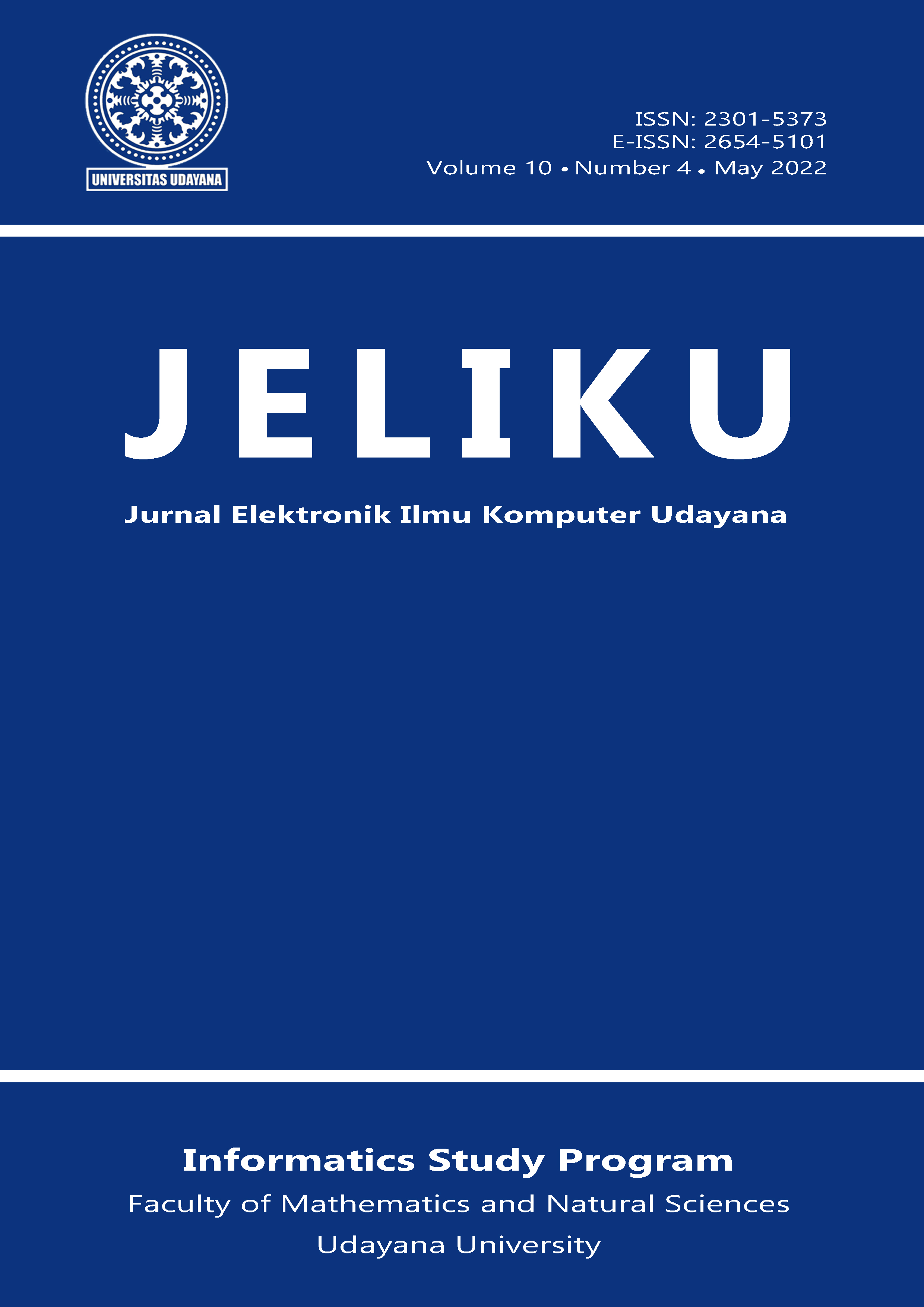Klasifikasi Berita Hoaks Covid-19 Menggunakan Kombinasi Metode K-Nearest Neighbor dan Information Gain
Abstract
News is one of information resources that is being used by the public. However, not all news circulating in digital media are facts. Some people take the opportunity to share unfounded and irresponsible news. Since the Covid-19 pandemic hit Indonesia, hoax news about the pandemic has increasingly circulated in digital media. In this study, the author builds a model that can classify hoax news using the K-Nearest Neighbor method combined with the Information Gain feature selection. The data used are factual news data and hoax news data in Indonesian language. Evaluation is done by measuring the performance of the K-Nearest Neighbor model without feature selection and model performance by implementing Information Gain feature selection. The K-Nearest Neighbor model without feature selection with a value of k=5 obtained precision, recall, F1-Score, and accuracy performance of 87.5%, 96.5%, 91.8%, and 91.6%, respectively. While the K-Nearest Neighbor model with a combination of 0.5% Information Gain threshold feature selection with a value of k=3 obtained precision, recall, F1-Score, and accuracy performance of 93.3%, 96.6%, 95%, and 95%, respectively.






